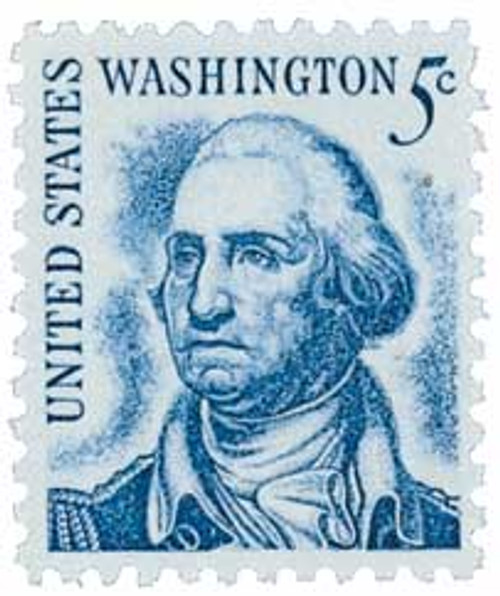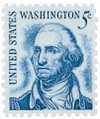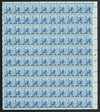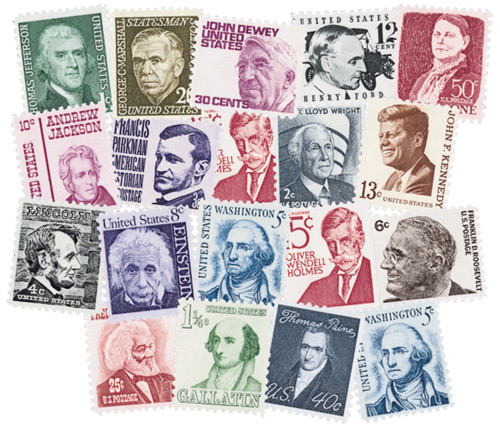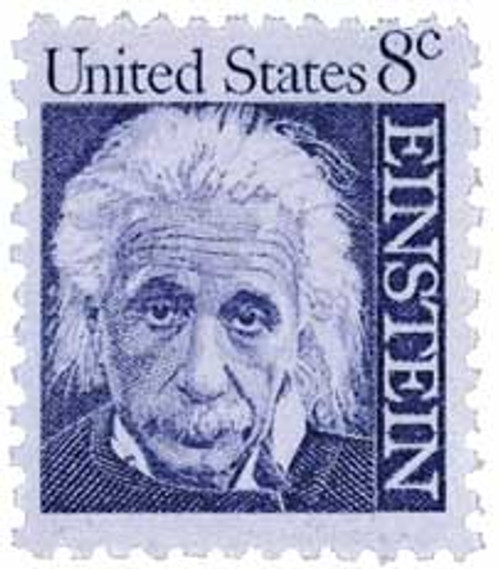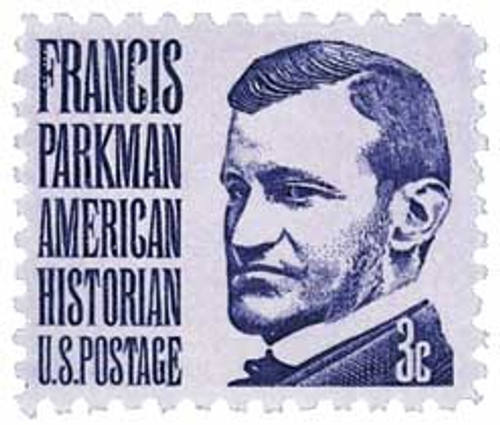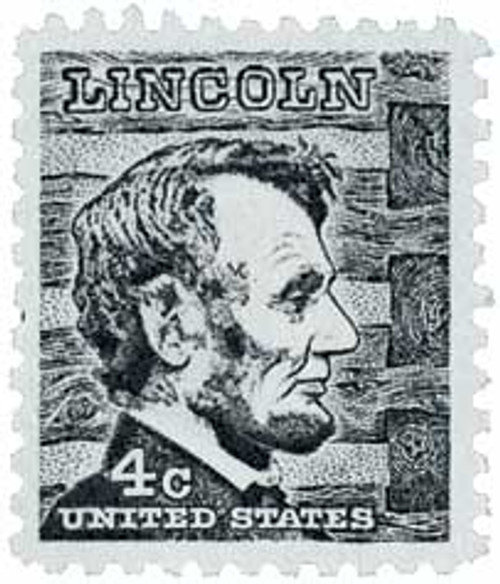
1966 5c Prominent Americans: George Washington
# 1283 - 1966 5c Prominent Americans: George Washington
$0.35 - $31.50
U.S. #1283
5¢ George Washington
Prominent Americans Series
5¢ George Washington
Prominent Americans Series
Issue Date: February 22, 1966
City: Washington, DC
Printing Method: Rotary Press
Color: Blue
City: Washington, DC
Printing Method: Rotary Press
Color: Blue
Prominent Americans Series
The Prominent Americans Series recognizes people who played important roles in U.S. history. Officials originally planned to honor 18 individuals, but later added seven others. The Prominent Americans Series began with the 4¢ Lincoln stamp, which was issued on November 10, 1965. During the course of the series, the 6¢ Eisenhower stamp was reissued with an 8¢ denomination and the 5¢ Washington was redrawn.
A number of technological changes developed during the course of producing the series, resulting in a number of varieties due to gum, luminescence, precancels and perforations plus sheet, coil and booklet formats. Additionally, seven rate changes occurred while the Prominent Americans Series was current, giving collectors who specialize in first and last day of issue covers an abundance of collecting opportunities.
The 5¢ denomination features George Washington as its subject. This stamp has excessive shading around the lower part of Washington’s face, leading the public to dub it the “dirty face” or “unshaven” Washington. The design was redrawn, resulting in U.S. #1283B.
U.S. #1283
5¢ George Washington
Prominent Americans Series
5¢ George Washington
Prominent Americans Series
Issue Date: February 22, 1966
City: Washington, DC
Printing Method: Rotary Press
Color: Blue
City: Washington, DC
Printing Method: Rotary Press
Color: Blue
Prominent Americans Series
The Prominent Americans Series recognizes people who played important roles in U.S. history. Officials originally planned to honor 18 individuals, but later added seven others. The Prominent Americans Series began with the 4¢ Lincoln stamp, which was issued on November 10, 1965. During the course of the series, the 6¢ Eisenhower stamp was reissued with an 8¢ denomination and the 5¢ Washington was redrawn.
A number of technological changes developed during the course of producing the series, resulting in a number of varieties due to gum, luminescence, precancels and perforations plus sheet, coil and booklet formats. Additionally, seven rate changes occurred while the Prominent Americans Series was current, giving collectors who specialize in first and last day of issue covers an abundance of collecting opportunities.
The 5¢ denomination features George Washington as its subject. This stamp has excessive shading around the lower part of Washington’s face, leading the public to dub it the “dirty face” or “unshaven” Washington. The design was redrawn, resulting in U.S. #1283B.

